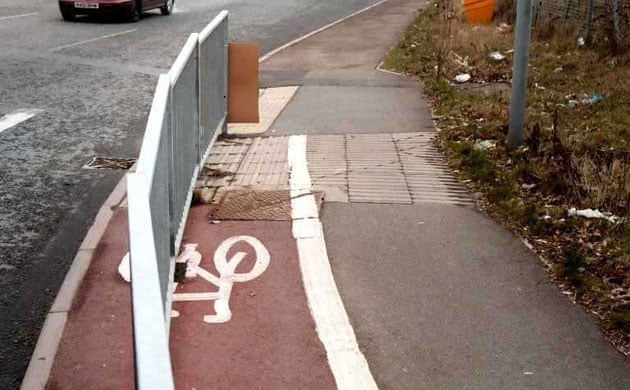What do New York, Paris, Amsterdam and Copenhagen have in common?
Well, since you’re reading this blog, you probably guessed that they all have large numbers of cyclists.
They are also mostly or completely flat, dense and have relatively mild climates, many young workers and students and, perhaps as a consequence, progressive politics (at least in relation to the rest of their nations.
Save for the politics, nothing I’ve said applies to Austin, Texas: Its sprawl encompasses many long, rolling hills. And brutal heat smothers the city, not only through “official” summer months, but also for significant parts of Spring and Fall. It also affects the city’s air quality.
But those aren’t the only, or even the chief, reasons why, although their numbers are increasing, bicycling comprises only one percent of all commutes.
Rather, Austin residents, like people in other parts of the world, cite “fear of motorist aggression “ and “poor quality and condition of dedicated bike lanes” as deterrents to stepping out of their cars and slinging a leg over a saddle.
 |
| Photo by P. Owens, Warrington Cycle Campaign |


